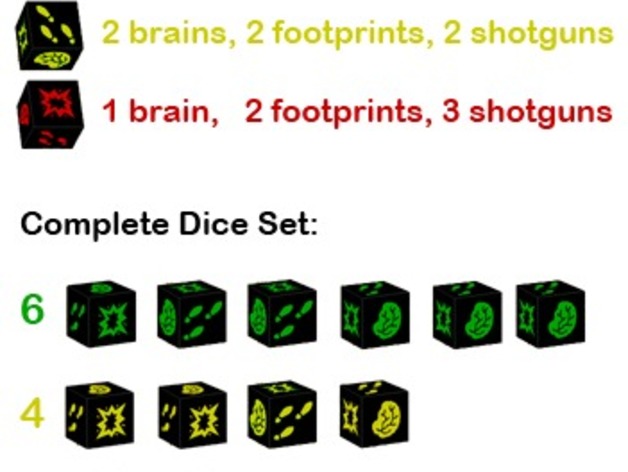Gamification of Statistics
Learning statistics through games help students engage with the content and solve math problems. Students who struggles with a bunch of axioms thrown at them to learn statistics need motivation through e-learning. Conditional probability is better introduced to students through games rather than applying a given formula. We will explore briefly the meaning of conditional probability, then we’ll investigate how Bayes rule is implemented in games.
Conditional probability states that during an experiment, there are specific condition in order for event A given that event B has occurred. A simple example is rolling a balanced dice twice where event A is the sum of the numbers is 7. Event B is both numbers are odd. The probability of A given B denoted P(A / B) = P(A n B) / P(B)
It is easier to understand this concept by illustrating a Venn Diagram.
Let’s see how the concept of conditional probability is used in a games such as Zombie Die. The player has 13 dice in a cylindrical container. He got to select and roll only 3 balanced dice. Note that the faces of each die contains either a Brain, Shot Gun blast or Runners. The colors of dice are distributed as follows:
6 green dice : { 3B, 1SG, 2R}
4yellow dice: { 2B, 2SG, 2R}
3red: {1B, 3SG, 2R}
The students will be asked the following question: What is the probability of getting a brain face given a red die?
P(R/B) = P(R n B) / P(B)
P(B/R) = [P(R/B) x P(R)] / P(B)
Students need to find the probability of having Brain face, the probability of having Red color, the probability of having Red color given a Brain face . Finally, they will be able to solve the probability of having a brain face given a red die.
The teacher’s question is only one form to understand the conditional probability. Students can create their own questions to expand their knowledge of the learning target. The advantage of using this game is that students can work as a group of three or four students that will stimulate instructive communication. Dice games allow students to come up with variety of responses while playing a game while learning.


No comments:
Post a Comment